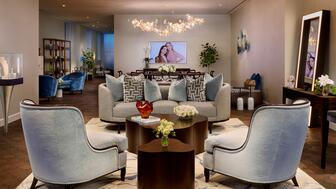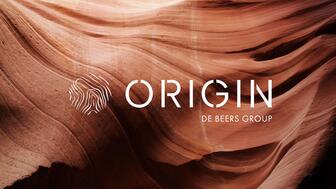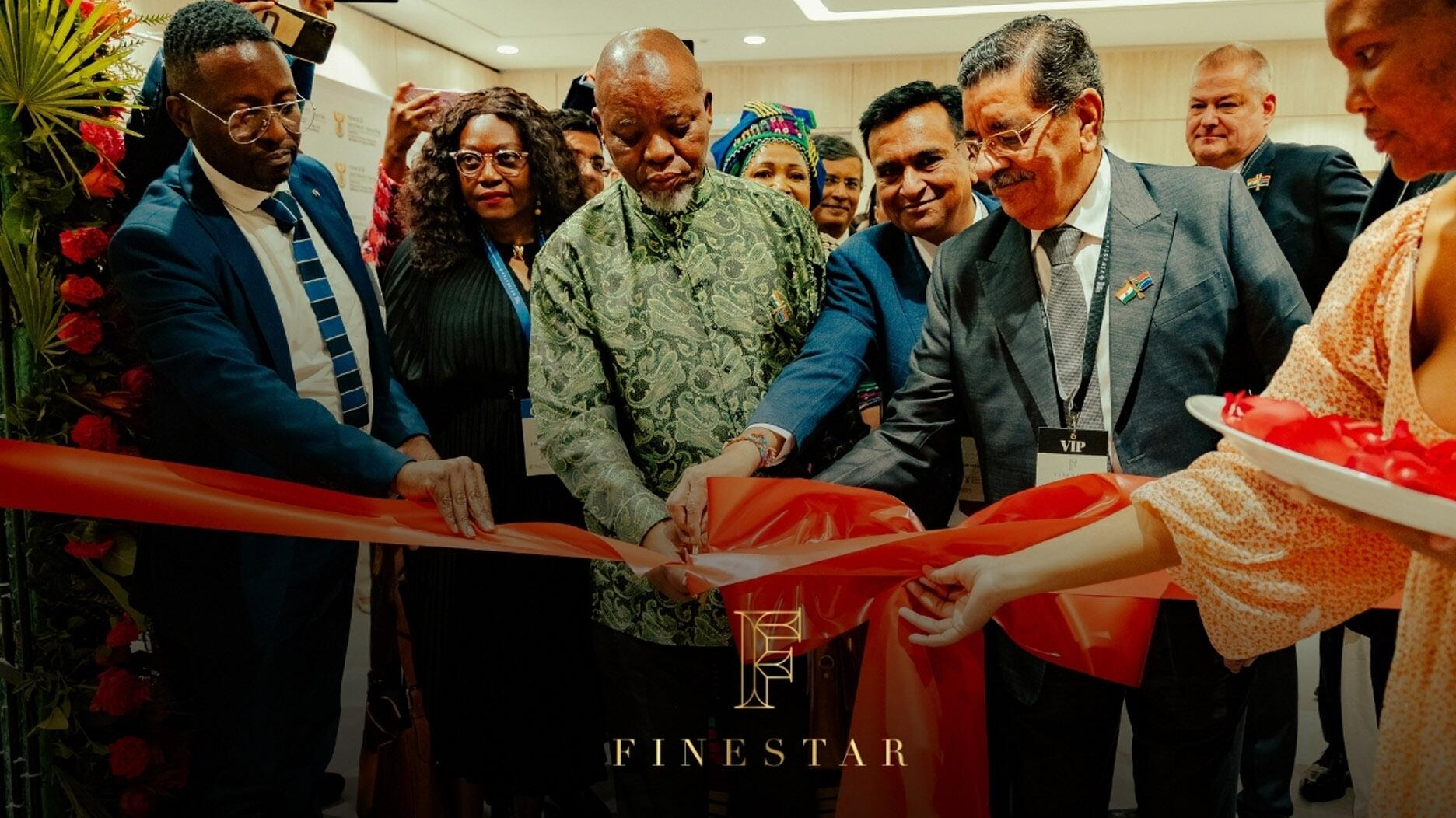During its Q3 call, CEO Efraim Grinberg discussed the deal to lower tariffs on Swiss-made watches, watch market trends, and more.
KP Again Can’t Agree on ‘Conflict,’ Eases Restrictions on CAR
The decisions mark the end of a three-year reform cycle for the Kimberley Process.

New York—The Kimberley Process wrapped up a three-year reform cycle unable to reach an agreement on expanding the definition of what constitutes a “conflict” diamond, an issue it has been debating for nearly a decade.
The current definition of a conflict diamond is: rough diamonds used by rebel movements, or the allies of rebels, to finance conflict aimed at undermining legitimate governments.
Those pushing for reform want to expand it to include language that addresses human rights abuses more generally—sexual violence, torture and abuses committed by groups other than rebels, such as private and public security forces.
The official statement from the meeting, held last month in New Delhi, India, noted the Plenary “welcomes the in-depth discussions that took place on how best to capture the evolving nature of conflict and actors involved in conflict,” but “no consensus could be found on an updated conflict diamond definition.”
The KP operates on a complete-consensus model, meaning all 55 participants (representing 82 countries) have to agree to any resolution in order for it to pass.
The failure of the KP to expand the definition of conflict again ignited debate about the future and relevancy of a process that has failed to evolve even as consumer demand for transparency, and the technology around traceability, has advanced.
In a statement posted on KPCivilSociety.org, Shamiso Mtisi, the Zimbabwe-based coordinator of the KP’s Civil Society Coalition, the group of non-governmental organizations that are non-voting members of the KP, called the meeting a “sad and surreal spectacle” in which participants could not agree on anything substantial.
In addition to the definition of conflict, other reform issues were “kicked into the long grass,” Mtisi said, including the creation of a permanent secretariat and a multi-donor fund.
“While KP participants were busy rearranging deck chairs on the Titanic, African communities supported by the members of our civil society coalition continue to suffer the downside of diamond riches,” the statement reads.
“This involves harms to their livelihoods, environmental damage and … often still violence and abuse. This plenary failed to give these communities any reassurances that the Kimberley Process actually cares. In the same way, states failed to provide any answers to the insistent marketing of synthetic diamonds as ethically superior alternatives to natural diamond purchases.”
The Civil Society Coalition’s statement concluded that the KP lost more relevance and credibility at the recent plenary and that it will
World Diamond Council President Stephane Fischler pushed back against the idea that debating the same issue for nearly a decade with no action has rendered the KP irrelevant.
The WDC, like the Civil Society Coalition, has observer status in the KP, meaning it is there as a non-voting member representing a specific sector. In the WDC’s case, it represents the diamond industry.
Fischler said not so long ago, the idea of adding human rights language to the definition of what constitutes a conflict diamond was not even up for debate. African countries that would not come to the table on the issue have now realized the importance of a strong KP.
“More than ever, we managed to have this debate and that’s really, really important,” he said. “I certainly felt that finally, they get it. And it’s encouraging.”
Fischler also pointed to the steps the KP made to strengthen the alluvial mining sector in Africa—including the Mano River Union initiative to strengthen implementation of KP standards in Cote d’Ivoire, Guinea, Liberia and Sierra Leone—and the work it is doing to support the Central African Republic (CAR), the only country today grappling with conflict diamonds.
“The KP is focused on the risks, and the major risks are in the alluvial and artisanal mining sectors,” he said.
“We should not abandon it,” he said of the KP and, instead, have to strengthen it.
The CAR Decision
At the plenary, KP participants agreed to loosen restrictions on exports of rough diamonds from the Central African Republic, in an effort to encourage legal exports and put an end to smuggling, which is widely acknowledged to be a huge problem in the country.
The KP banned rough diamond exports from CAR completely in 2013 due to rebel violence. The easing of restrictions began in 2016 with exports allowed from one approved area.
Today, there are eight so-called green zones in CAR.
KP members voted to allow the CAR government to issue KP certificates to rough diamond shipments at will for goods sourced from the eight green zones; before, the government had to get approval from the CAR Monitoring Team for KP certificates for each export.
The team will still continue to monitor all legal exports from the country.
The country, in concert with KP members, also agreed to lower the export tax from 12 to 4 percent and require anyone who wants to obtain an export license to demonstrate he or she is shipping out at least $1 million in rough diamonds per month.
This, Fischler said, helps to ensure exports are getting the goods out of the country legally.
The Civil Society Coalition said the decision was “one of the rare substantive engagements” from the meeting.
“As civil society coalition, we call on CAR’s authorities to make this experiment work and strengthen internal controls in order to curb fraud and diamond smuggling in the country,” Mtisi said.
Following the KP Plenary, the WDC issued a notice to members of the diamond industry regarding the changes made to the rough diamond export process in CAR.
It said the new system “shifts some of the burden of verifying the provenance of goods to the trading centers” and said members of the trade need to “practice enhanced vigilance” when handling rough diamonds they believe originated in the Central African Republic.
The changes in CAR are provisional and will remain in place for one year. The KP will reassess the situation in 2020.
The 2019 KP Plenary Meeting took place Nov. 18-22 in New Delhi, India; India was this year’s chair nation, with Russia serving as vice chair.
Next year, Russia takes over as the country leading the process, with Botswana as vice chair.
The Latest
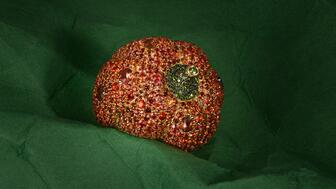
Rosior’s high jewelry cocktail ring with orange sapphires and green diamonds is the perfect Thanksgiving accessory.

The “Embrace Your True Colors” campaign features jewels with a vibrant color palette and poetry by Grammy-nominated artist Aja Monet.

How Jewelers of America’s 20 Under 40 are leading to ensure a brighter future for the jewelry industry.

Luxury veteran Alejandro Cuellar has stepped into the role at the Italian fine jewelry brand.


The company gave awards to four students at the Namibia University of Science & Technology, including one who is a Grandview Klein employee.

She is remembered as an artist who loved her craft and was devoted to her faith, her friends, and her family.

Roseco’s 704-page catalog showcases new lab-grown diamonds, findings, tools & more—available in print or interactive digital editions.

The polka dot pattern transcends time and has re-emerged as a trend in jewelry through round-shaped gemstones.

Vanessa Hickman, 49, allegedly sold a diamond bracelet that was mistakenly sent to her home.
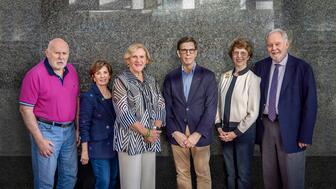
GIA’s former president and CEO was presented with the Richard T. Liddicoat Award for Distinguished Achievement.

Social media experts spoke about protecting brand reputation through behaving mindfully online.

In 2026, the three will come together as “House of Brands,” with Gallet sold in Breitling stores and Universal Genève sold separately.

The second drop, which includes more Elphaba-inspired pieces from additional designers, will continue to benefit nonprofit Dreams of Hope.

Second-generation jeweler Sean Dunn has taken on the role.
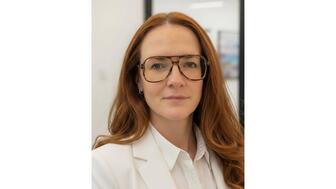
Amber Pepper’s main focus will be on digital innovation and engaging younger consumers.

The lariat necklace features a 4.88-carat oval-cut Zambian emerald in 18-karat yellow gold.

A 43-carat sapphire brooch from the Vanderbilt collection was the top lot of the Geneva sale.
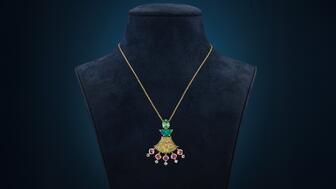
Rau is a fourth-generation art and antique dealer from M.S. Rau gallery whose first jewelry collection merges artifacts with modern design.

Former De Beers sustainability leader Purvi Shah will take over the role in February 2026.

La Joux-Perret is based in La Chaux-de-Fonds, Switzerland, and makes solar quartz as well as mechanical watch movements.

She previously taught at Gem-A and is the founder of The Gem Academy.

The British actress and her daughter modeled pieces from the brand’s new “Palette” capsule for its “Once Upon a Time” holiday campaign.

Plus, the tech giant shares the steps retailers should take if they believe they’re a victim of a review extortion scam.

Danny and Gaby Shaftel are now Shaftel Diamonds’ CEO and chief operating officer, respectively.

The jewelry manufacturer’s seasonal offering features its new “Melodie” bangles, as well as mini stud earrings and layering pieces.

With more than 140 activations taking place in New York City now through Nov. 23, these 12 events are can’t-miss moments.

